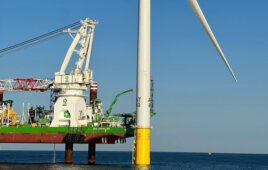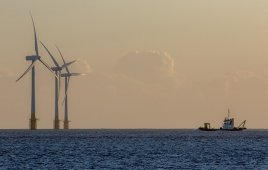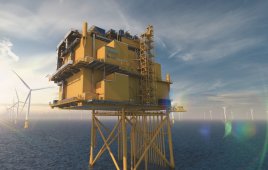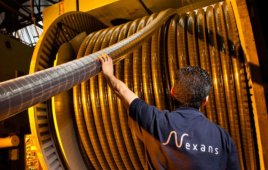The issue surrounding cables is their flexibility at low temperatures. Resilience cables for wind turbines should be Wind Turbine Tray Cable (WTTC) approved, and NFPA 79 (12.2.2) rated for constant flex and high performance. Cables in the nacelle carry low-voltage control signals, data, and communication signals, and work in exposed- run power applications. Cables should have a torsional and bend high-flex life, and exceed the OEMs’ cold-bend test at temperatures as low as -40°C.
Cables in wind work should be oil-resistant (oil res i and ii) because of the occasional hydraulic oil, and more likely the lubricating oil used in gearboxes. Another standard that may arise is a FT4 flame rating.
A recent rating for tray cables, TC-ER (tray cable, exposed run) was created from changes in NEC and UL standards. When a basic UL cable meets additional crush and impact requirements, UL lets a manufacturer add the -ER suffix to the basic cable listing. The ER says the cable meets physical toughness requirements that allow exposing the wiring in particular applications. Hence, wiring installed outside a tray is referred to as open wiring. The ER suffix on the cable lets the electrical inspector verify that the cable meets code requirements for use as exposed wiring.
Filed Under: Cables & connectors





Twisting movment of nacelle due to yawing damag the Power cable.